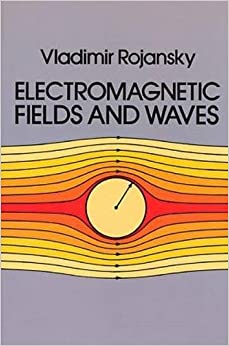Question
please help me answer the conclusion question Torques, and the Center of Gravity I. INTRODUCTION An object is in static equilibrium if it has no
please help me answer the conclusion question
Torques, and the Center of Gravity I. INTRODUCTION An object is in static equilibrium if it has no translational or rotational motion. For this to occur the net force acting on an object must be equal to zero and the net torque acting around any point or axis of rotation must be equal to zero. In this experiment a meter stick and suspended weights will be used as a "beam" balance to study torques and the center of gravity. II. EQUIPMENT LIST + Meter stick + Support stand + String and knife-edge clamps + Four hooked weights (50, 100, 200 g) + Unknown mass with hook (or string) + Laboratory balance III. BACKGROUND INFORMATION An object is in mechanical equilibrium when the following conditions are met: F = 0 = 0 The sum of the forces F and the torques acting on the object are zero. When the sum of the forces equal zero the object is in translational equilibrium and the velocity of its center of mass will remain constant. In this experiment the meter stick will be restrained from moving so this first condition will be met and the velocity of the center of mass will be zero (static translational equilibrium). An object is in static equilibrium when it is in translational equilibrium and rotational equilibrium. To be in rotational equilibrium the object's rotational motion must be constant. This is achieved when the net torque acting on the object about any point equals zero. If the object is at rest and it is in rotational equilibrium it will not begin to rotate. The magnitude of a torque is given by the product of the force and the lever arm. The lever arm is the perpendicular distance from the line of action of the force to the axis of rotation. We will be dealing with essentially two-dimensional objects in the lab and can consider rotations in a plane. The rotations caused by a torque will be either counterclockwise or clockwise. For the system to be in equilibrium the counterclockwise torques must equal the magnitude of the clockwise torques. For an extended body the gravitational force on the differential elements of mass in the object supply torque to the object about an axis of rotation. The center of gravity is the point of the object about which the sum of the torques provided by the gravitational force is equal to zero. (Note: When the gravitational acceleration is a constant over the object the center of gravity is the same point as the center of mass.) By placing an appropriate size single upward force with its line of action passing through the center of gravity the object can be balanced. VII. CONCLUSION/QUESTIONS 1. What are possible sources of errors in the experiment? 2. Explain why the weight of the support is not used in any of the torque calculations. 3. Explain the principle of the dual-beam laboratory balance using the idea of torques. 4. When suspending the meterstick by itself, it is possible that the support position for the meter stick might not be at its geometric center. Explain.
Step by Step Solution
There are 3 Steps involved in it
Step: 1

Get Instant Access to Expert-Tailored Solutions
See step-by-step solutions with expert insights and AI powered tools for academic success
Step: 2

Step: 3

Ace Your Homework with AI
Get the answers you need in no time with our AI-driven, step-by-step assistance
Get Started


